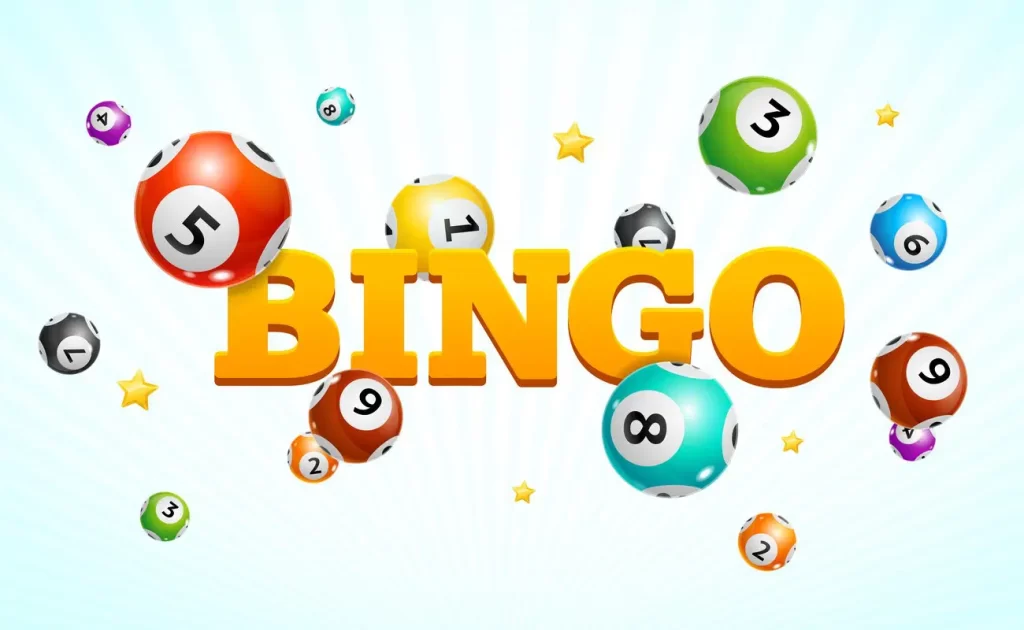In the UK, bingo comes in the form of a card game called “Bingo” and has been popular ever since its inception in the 15th Century. Bingo is a simple game of luck where each player marks the numbers on cards by scratching off the card with the provided number. The game is much like that of the well-known “Hangman” or “Spade” games where the objective is to pass over a square filled with spinners, jokers or other cards and get the one that will “win” the bingo game. Most commonly, a number is called out and the player tick marks the corresponding number on his card before revealing his answer. This simple game has changed through the years to become an exciting and addictive game, even though it started as a card game.
When bingo first began, it was simply a game for children, and soon the rules were revised to suit adults who were more competitive. Today, bingo has taken on a whole new personality with its popularity among a younger crowd. While players can choose from a range of regular numbers and special numbers, bingo now incorporates an “A” through “Z” series of letters where players can place their names in the name generators. Special “hot” numbers, called VIP’s, also have their own name generators that give players a good chance of hitting a winning number if they are in the hot list.
Most bingo games today include variations in terms of the number of cards dealt, the number of coins dropped and the number of rounds played. In traditional bingo, players dealt their own cards, tossed three coins (a minimum of two), and then chose their hands. After laying their cards face down, they then flipped them over and repeated the process. Players have a finite amount of time during which to play, usually ranging between ten and fifteen minutes.
In the case of the beano, each card is dealt in four equal portions – one for the players themselves, one for the bonus list, one for the jackpot prize, and one for the community prize. All players are then required to go through the deck of cards and flip through the deck once to make sure that they are familiar with all the numbers and symbols on the cards. The beano is considered a “smart” version of bingo as players can easily figure out the winning pattern given the layout and the number of cards dealt. Unlike the traditional version of the game, where luck plays a large role in determining the outcome, the beano game relies on strategy and skill.
The rules of the game are simple. The player who lands on the jackpot prize has the option to either call it or fold. If a player already has an active card (not on the bonus list), that player does not need to call, unless there are additional free cards on the table. The player who calls must stand beside the caller and in the center space, and any other players who join in the call have to face behind the caller. A minimum of five cards are required for this part of the game.
To play bingo, a player earns points by making the correct combinations with the jacks which are randomly selected. These combinations are announced to everyone present at the playing table. Then, a player needs to match the correct numbers with the corresponding numbers on his card using the jacks, and earn the corresponding points. When enough players have joined the table, an alphabetic sequence is called out and these are compared with the prior list of numbers called out to match the numbers on the cards. The player who wins the said sequence is the player who earned the highest amount of points.





